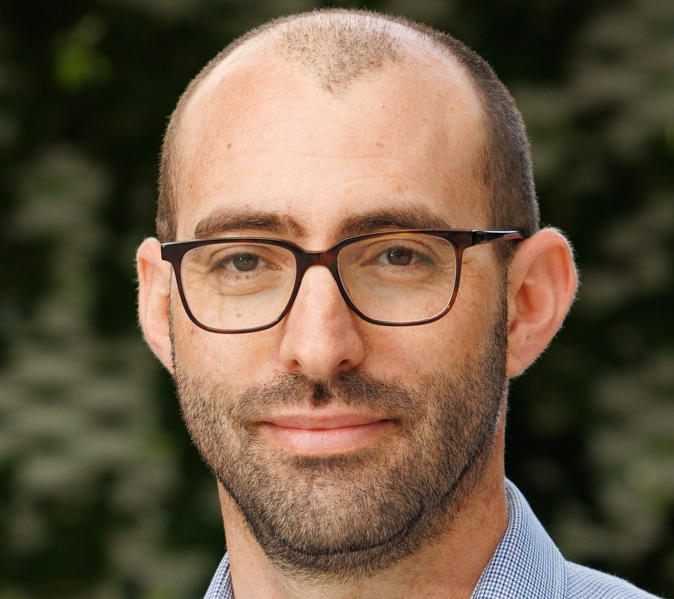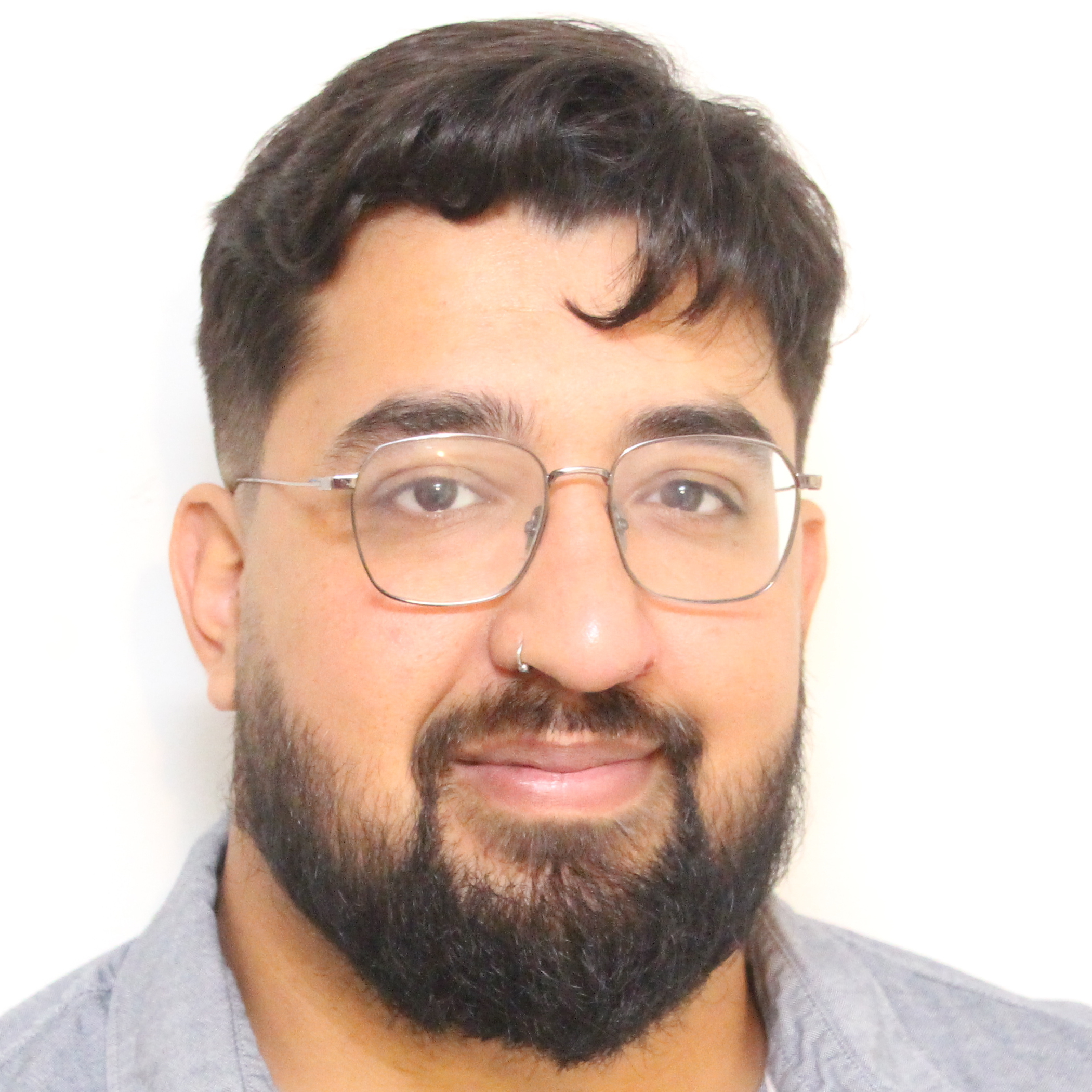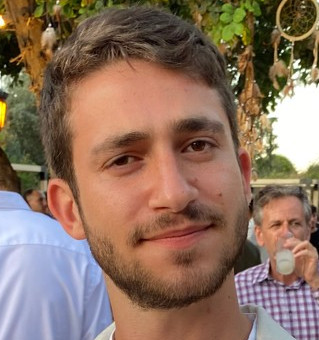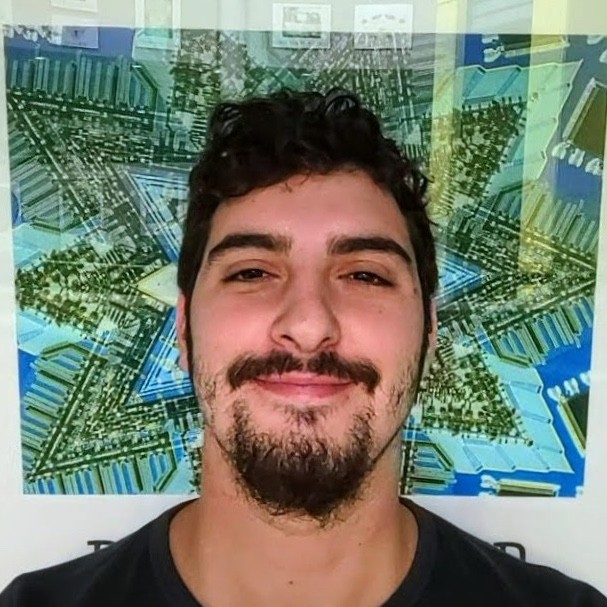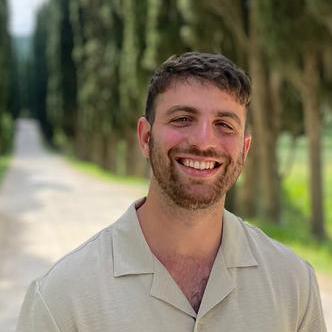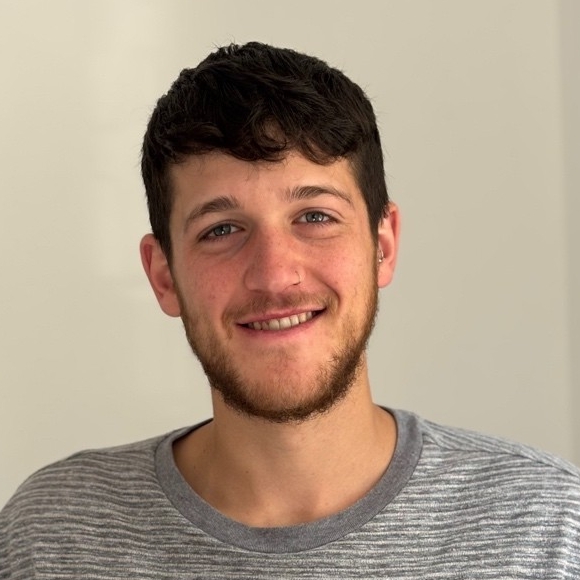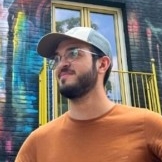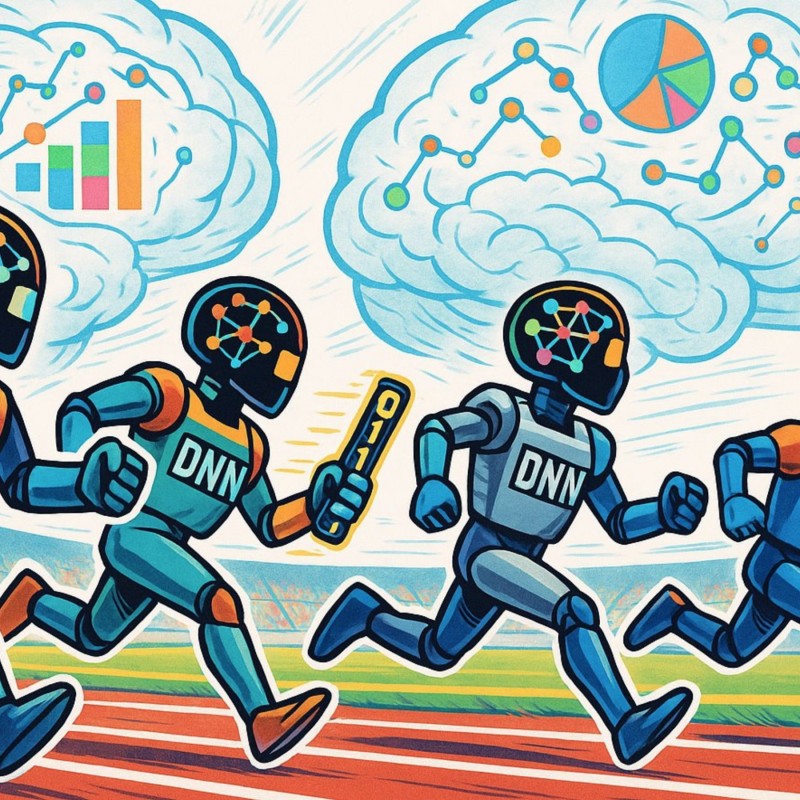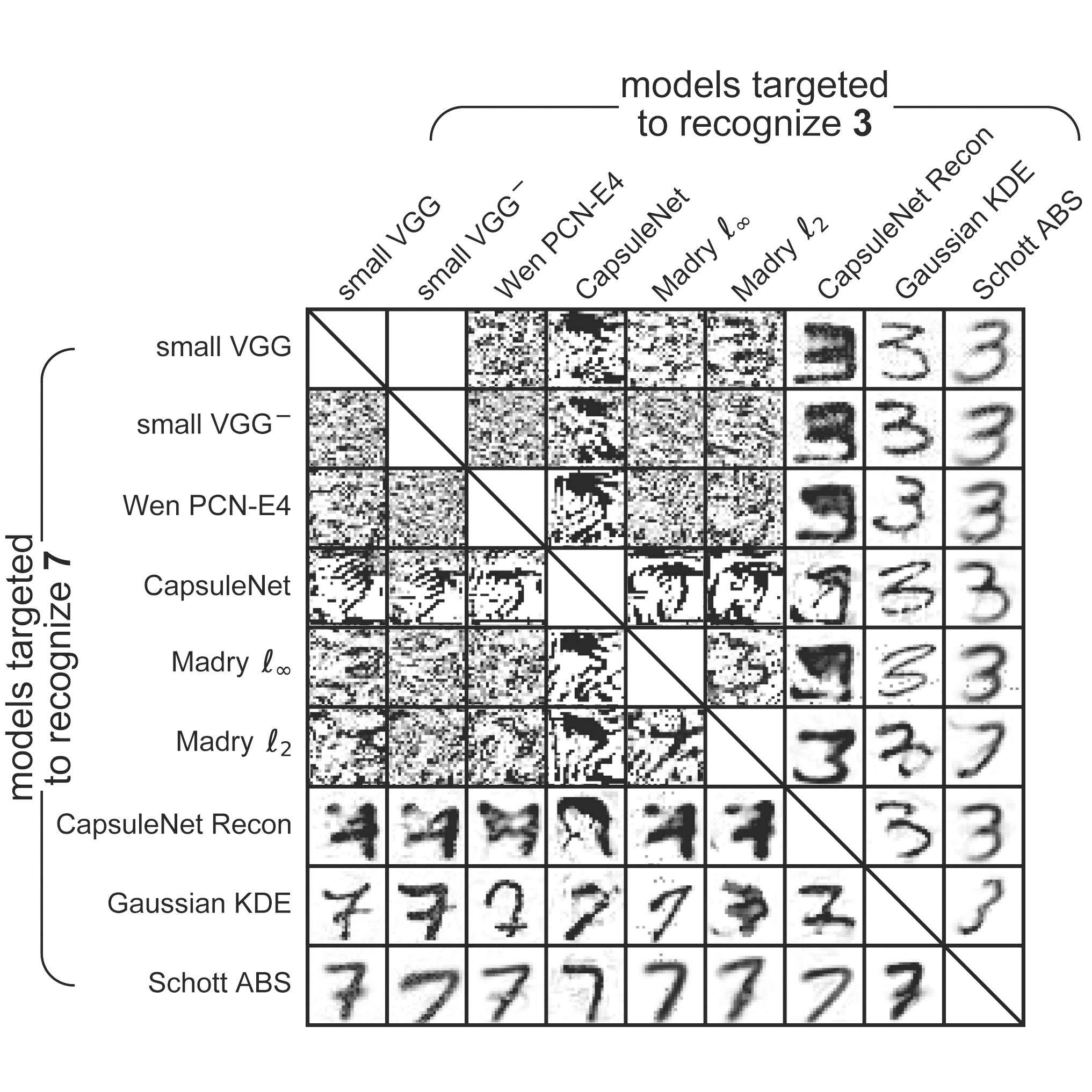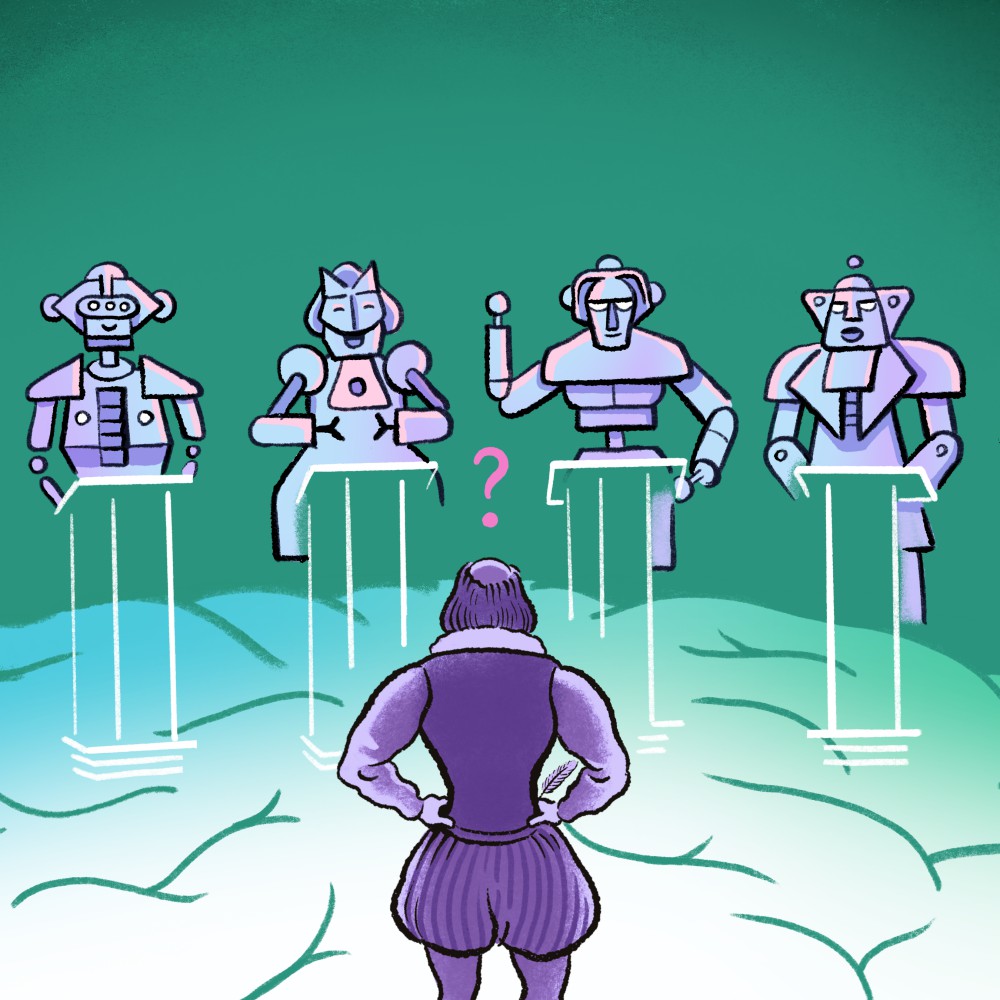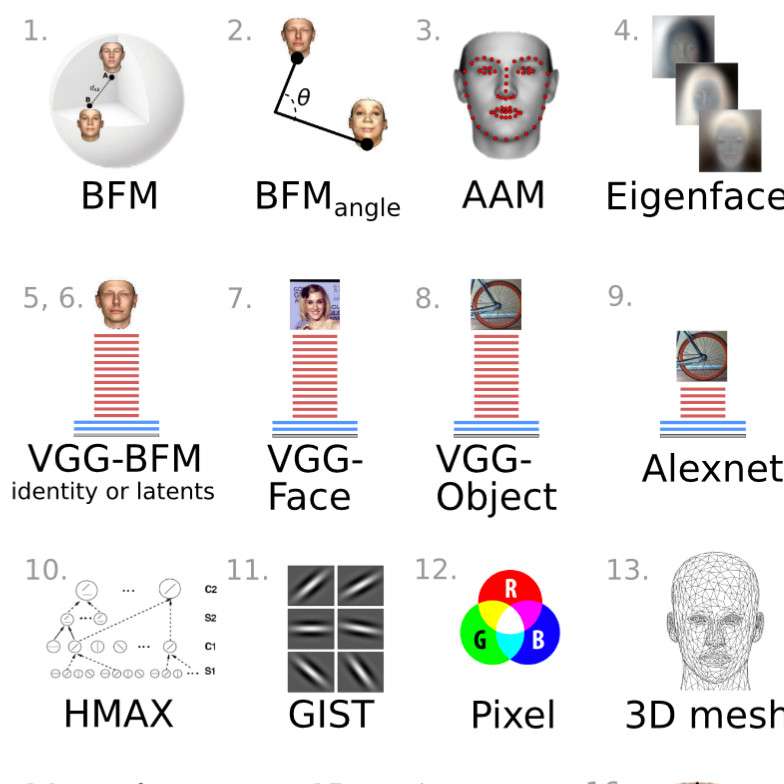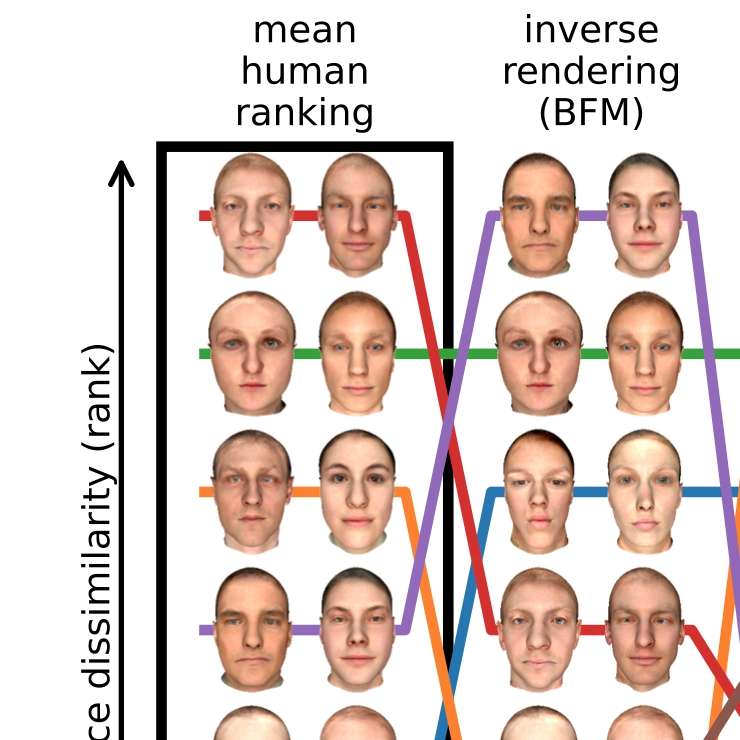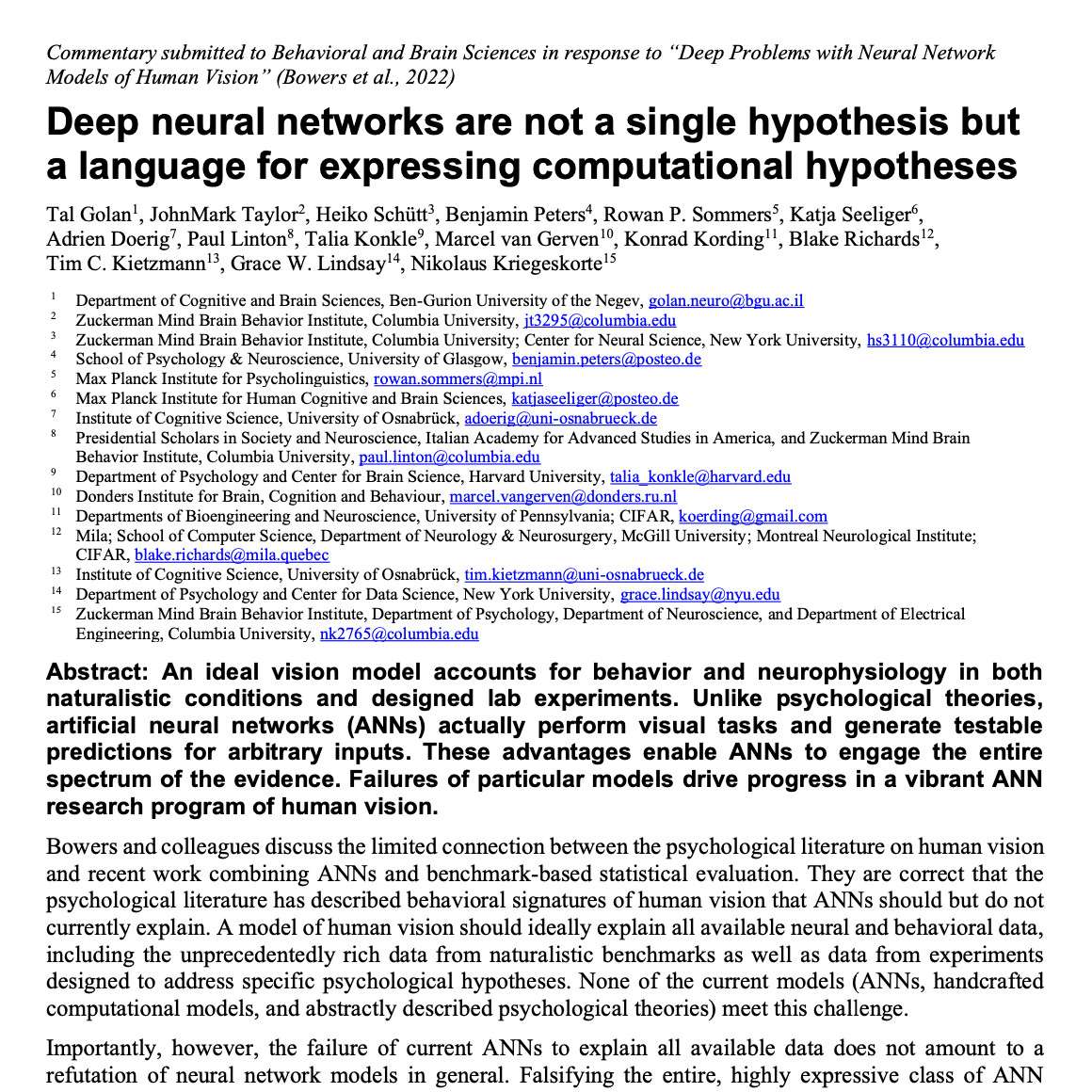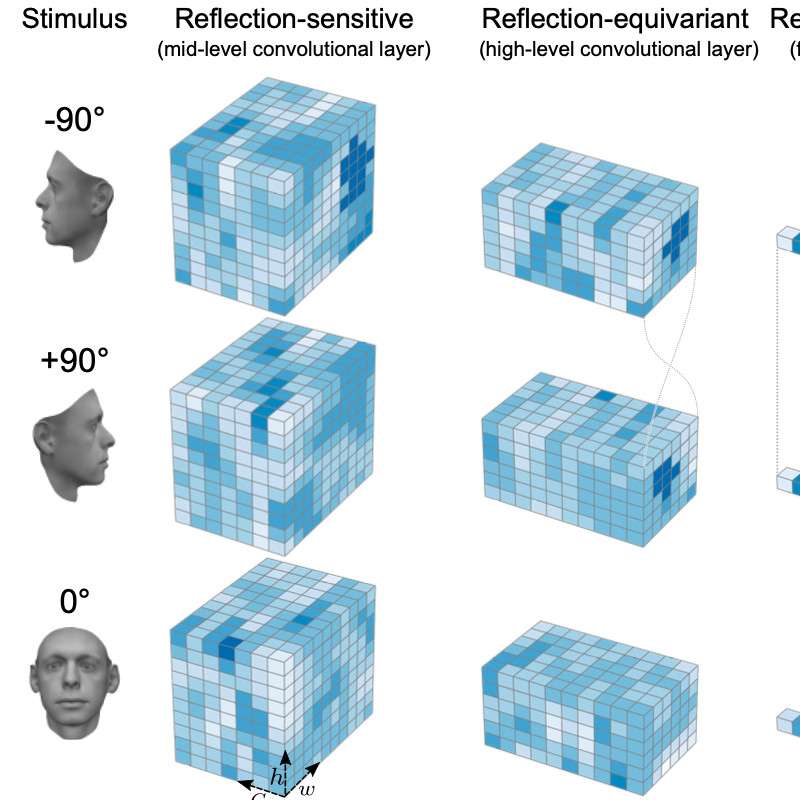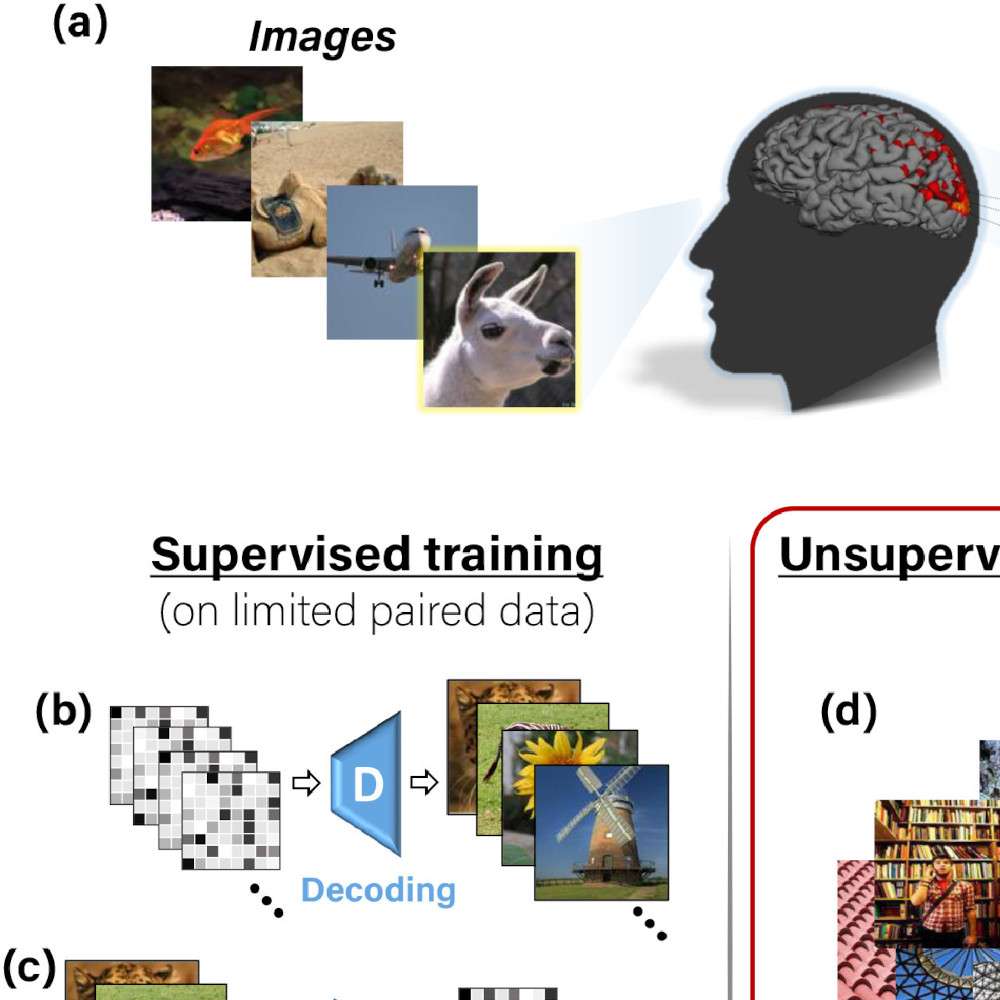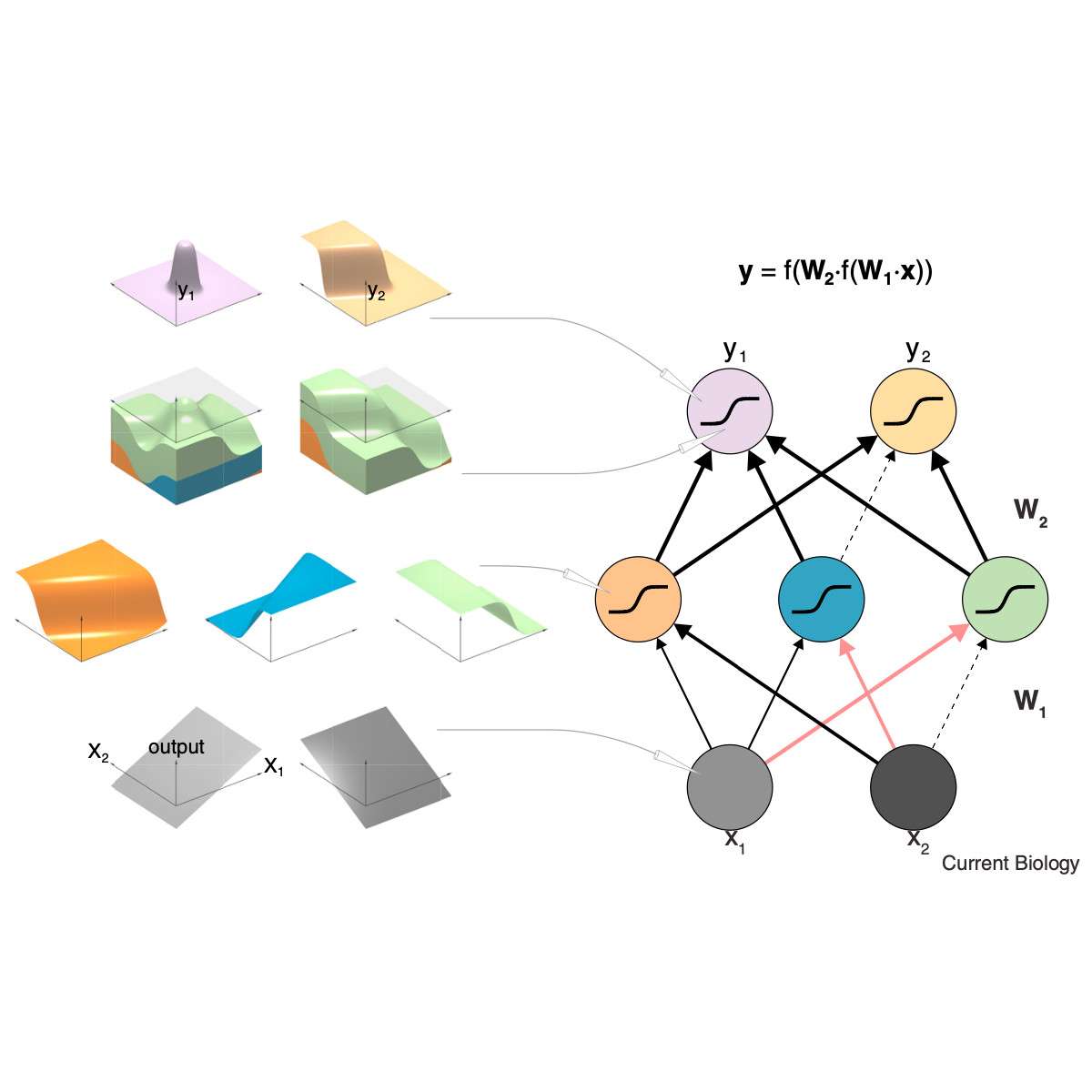Mission
Our brain continuously processes complex visual information, constructing a comprehensive understanding of the world around us from fleeting 2D retinal impressions. At the Brains and Machines Lab at BGU, we endeavor to understand human visual cognition by employing neural network modeling and model-driven experiments. Our research utilizes a range of techniques, including psychophysics, eye-tracking, and functional magnetic resonance imaging (fMRI), to probe the mechanisms underlying high-order human vision. By leveraging deep learning, we develop computational hypotheses that could explain the observed behavioral and neural data. We then design and conduct innovative model-driven experiments to empirically test these hypotheses, closing the loop between theory and experiment.
Team
Affiliated Students
These students are co-advised by Tal Golan but are primarily based in other research groups.
Undergraduate Researchers
Current undergraduate students participating in research projects in the lab.
Alumni
Selected Publications/Preprints
* Denotes equal contribution.
Resources
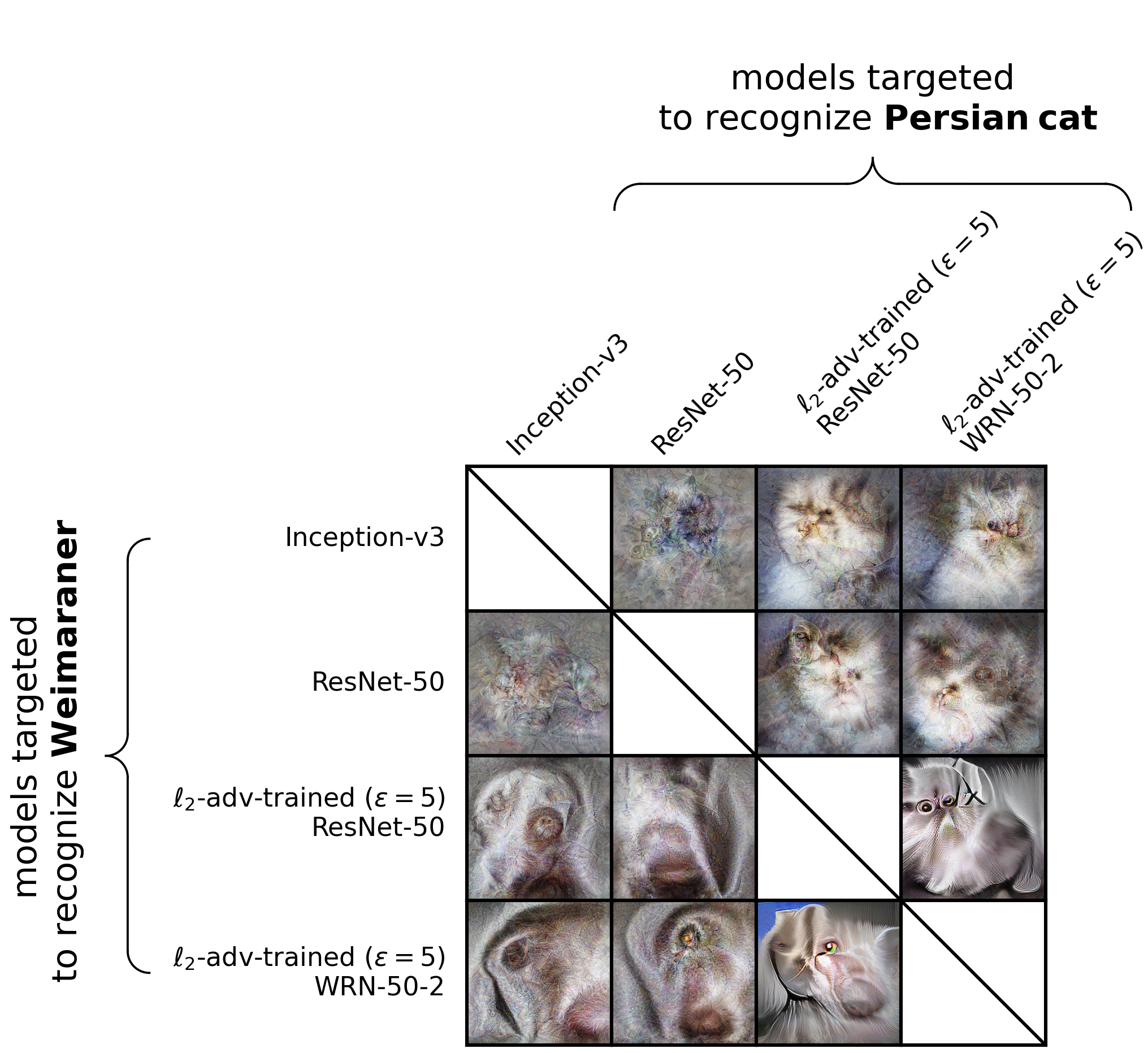
Synthesizing Controversial Stimuli (a tutorial with PyTorch)
github.com/kriegeskorte-lab/controversial_stimuli_tutorialThis is a PyTorch tutorial on synthesizing controversial stimuli to disentangle the predictions of object recognition models. This tutorial was presented at CCN 2021 (Cognitive Computational Neuroscience).

Metroplot - a compact alternative to pairwise significance brackets
github.com/brainsandmachines/metroplotNo more ugly brackets! Matplotlib-based visualization of pairwise comparisons.
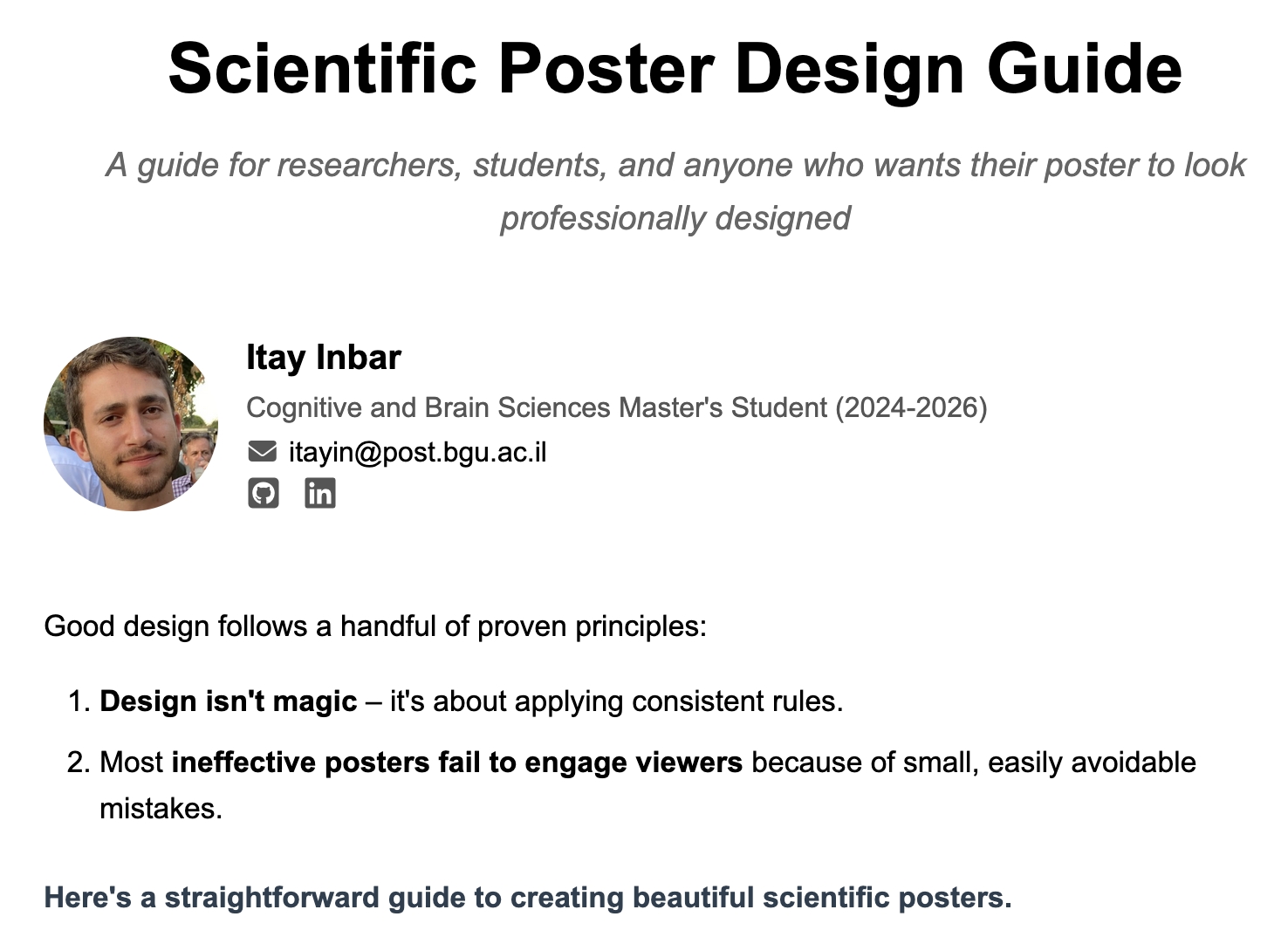
Scientific Poster Design Guide
brainsandmachines.org/poster-design-guideTips for designing beautiful scientific posters by Itay Inbar.
Openings
-
- Fully funded positions for Doctoral students are available! We are looking for highly motivated individuals with a passion for the intersection of deep learning and human cognition. A solid background (formal or informal) in programming is required. Graduates of the BGU Cognitive and Brain Sciences program are especially encouraged to apply.
- Postdoctoral opportunities: We are always looking for talented postdoctoral researchers to join our lab. We are happy to work with you on applications for fully funded positions through programs such as the Azrieli International Postdoctoral Fellowship, Marie Skłodowska-Curie Actions, or the Fulbright Postdoctoral Fellowship. We work with candidates to prepare competitive applications in advance.
- Master's students: Recruitment for Master's students starting October 2025 is now closed.
- Undergraduate students: Recruitment for Neuroscience guided research projects in 2025-2026 is now closed. Recruitment for the 2026-2027 academic year will open in May 2026. There is an opening for a Statistics and Data Analysis final project.
If you are interested in joining the lab, please send your CV, current grade sheets, and a brief statement of research interests to golan.neuro@bgu.ac.il.
Contact
Email: golan.neuro@bgu.ac.il
Lab: Building 90, Room 4
PI Office: Building 93B, Room 4
Address: Department of Industrial Engineering and Management, Ben-Gurion University of the Negev, David Ben Gurion Blvd 1, Be'er Sheva, Israel


